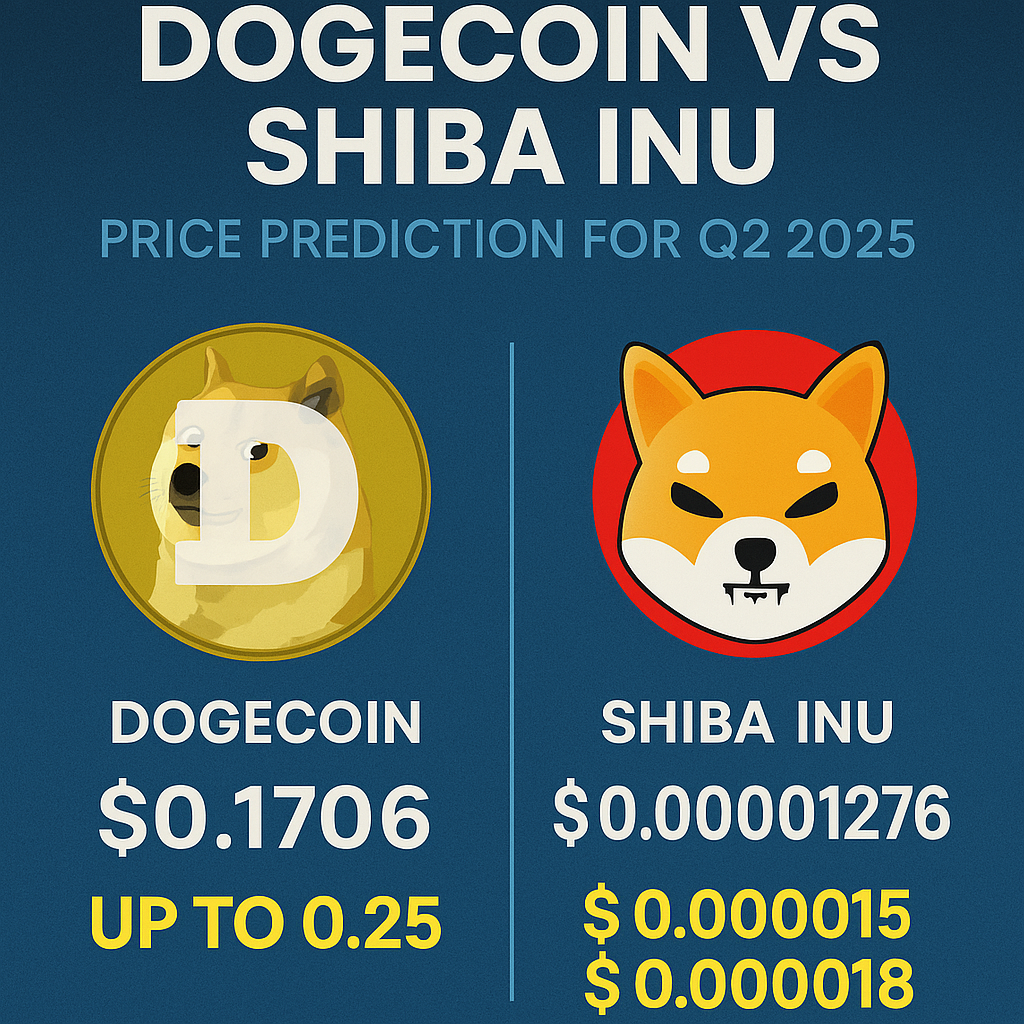Gold Prices and Tariffs: A Complex Relationship
Gold has historically been regarded as a safe-haven asset, attracting investors during times of economic uncertainty. However, the relationship between gold prices and tariffs remains a subject of debate among economists and market analysts. While recent surges in gold prices have coincided with rising tariffs, particularly in the United States, historical data suggest a more complex and less direct correlation. This article explores the intricate dynamics between gold prices and tariffs, shedding light on the factors that drive gold’s valuation beyond simplistic narratives.
The Recent Surge in Gold Prices
Gold prices have recently soared, surpassing $2,900 per ounce in early 2025. This dramatic increase has raised questions about the factors driving gold’s bull market. Some analysts have pointed to escalating trade tensions and tariffs as key drivers of gold’s price surge. The United States’ imposition of 25% tariffs on steel and aluminum imports, intended to protect domestic industries, has contributed to heightened economic uncertainty. In such scenarios, investors traditionally flock to gold as a hedge against instability and inflation.
Yet, while tariffs can introduce economic uncertainties that boost gold’s appeal, they are not the sole determinant of its price movements. Other macroeconomic factors, including central bank policies, inflation rates, currency fluctuations, and global economic conditions, also play significant roles in shaping gold prices. Therefore, attributing gold’s rally solely to higher tariffs oversimplifies a far more intricate economic reality.
Historical Perspective: The Gold-Tariff Connection
To assess the long-term relationship between tariffs and gold prices, a study of historical data is essential. One method to evaluate this connection involves analyzing tariff levels over the past century and measuring their impact on gold’s inflation-adjusted returns over different time horizons.
A study by Dartmouth College economist Douglas Irwin examined U.S. tariffs as a percentage of total imports from 1916 onward. The study categorized years into two groups: those with tariffs above the historical median and those below. The results revealed an interesting trend—gold tended to perform better in lower-tariff environments over the subsequent one, three, and five years.
However, interpreting this data requires caution. Before the 1970s, gold prices were subject to the gold standard, meaning that their movements were largely restricted by government-imposed monetary policies. The final dissolution of the gold standard under President Richard Nixon in the early 1970s allowed gold to trade freely, making post-1970 data more relevant to today’s market dynamics. Moreover, historical tariffs were often “specific duties,” imposing a fixed dollar amount per unit rather than a percentage, complicating their impact on overall import costs and economic activity.
Tariffs and Economic Uncertainty: A Partial Driver of Gold Prices
Tariffs are typically implemented as a protectionist measure to shield domestic industries from foreign competition. However, they often lead to trade tensions, retaliatory measures from other countries, and broader economic disruptions. When such policies create uncertainty, gold becomes an attractive investment as a store of value.
For example, during the U.S.-China trade war in 2018-2019, gold prices experienced an upward trajectory as investors sought refuge from volatile equity markets and trade uncertainties. Similarly, gold’s recent bull run has coincided with the re-imposition of significant tariffs, raising concerns about slowing global trade and economic growth.
Despite this apparent relationship, it is critical to recognize that gold has also experienced periods of strong performance in low-tariff environments. Over the past 50 years, U.S. tariffs as a percentage of total imports have remained below 5%, yet gold has risen from $35 per ounce in the early 1970s to nearly $3,000 today. This suggests that while tariffs can influence short-term investor sentiment, they are not the primary force driving long-term gold appreciation.
The Role of Inflation and Monetary Policy
One of the most significant factors influencing gold prices is inflation. Gold has historically served as a hedge against inflation, preserving purchasing power during periods of currency devaluation. When inflation expectations rise, demand for gold typically increases.
High tariffs can contribute to inflationary pressures by raising the cost of imported goods. In turn, inflation erodes the value of fiat currencies, making gold an attractive alternative. However, inflation is influenced by a multitude of factors beyond tariffs, including central bank policies, fiscal stimulus measures, and supply chain disruptions.
In recent years, central banks have played a crucial role in shaping gold’s trajectory. Many emerging market central banks, including those of China, India, and Russia, have aggressively increased their gold reserves as part of a strategy to diversify away from U.S. dollar holdings. This structural shift in central bank policies has contributed significantly to gold’s sustained upward trend, independent of tariff levels.
The U.S. Dollar and Gold’s Performance
The U.S. dollar’s value is another critical determinant of gold prices. Gold and the dollar share an inverse relationship: when the dollar weakens, gold prices typically rise, and vice versa. This occurs because gold is priced in dollars, making it more affordable for foreign investors when the dollar depreciates.
While tariffs can impact currency markets by altering trade balances and investor sentiment, the dollar’s performance is influenced by broader macroeconomic conditions. Interest rate policies set by the Federal Reserve, geopolitical events, and global economic trends all play a significant role in determining the dollar’s strength.
In the current economic climate, concerns about a potential economic slowdown, high government debt levels, and shifting monetary policies have contributed to dollar volatility. These factors, rather than tariffs alone, have played a crucial role in gold’s recent price movements.
Investor Sentiment and Market Psychology
Market psychology plays a vital role in shaping gold prices. During times of economic distress or uncertainty, investors tend to gravitate toward safe-haven assets, including gold. The perception that tariffs contribute to economic instability can drive investors into gold, even if historical data does not establish a strong causal link.
The media and financial analysts often simplify market narratives, attributing price movements to singular causes. However, the reality is far more complex. Gold’s performance is the result of multiple interwoven factors, including interest rates, inflation expectations, central bank actions, and geopolitical risks.
Conclusion: Tariffs and Gold—A Multifaceted Relationship
While there is some correlation between high tariffs and gold’s performance, attributing gold’s recent surge solely to tariff policies is an oversimplification. Historical data indicate that gold has performed well in both high- and low-tariff environments, suggesting that other macroeconomic forces are at play.
Key drivers of gold prices include inflationary expectations, central bank policies, the strength of the U.S. dollar, and overall economic uncertainty. While tariffs can contribute to market instability and influence short-term sentiment, they are not the primary determinant of gold’s long-term value.
Investors should remain cautious of oversimplified narratives linking tariffs directly to gold prices. A more comprehensive understanding of global economic conditions, monetary policy, and investor behavior is essential for making informed investment decisions in the gold market.
ALSO READ: Gold and Silver Prices on January 26, 2025




